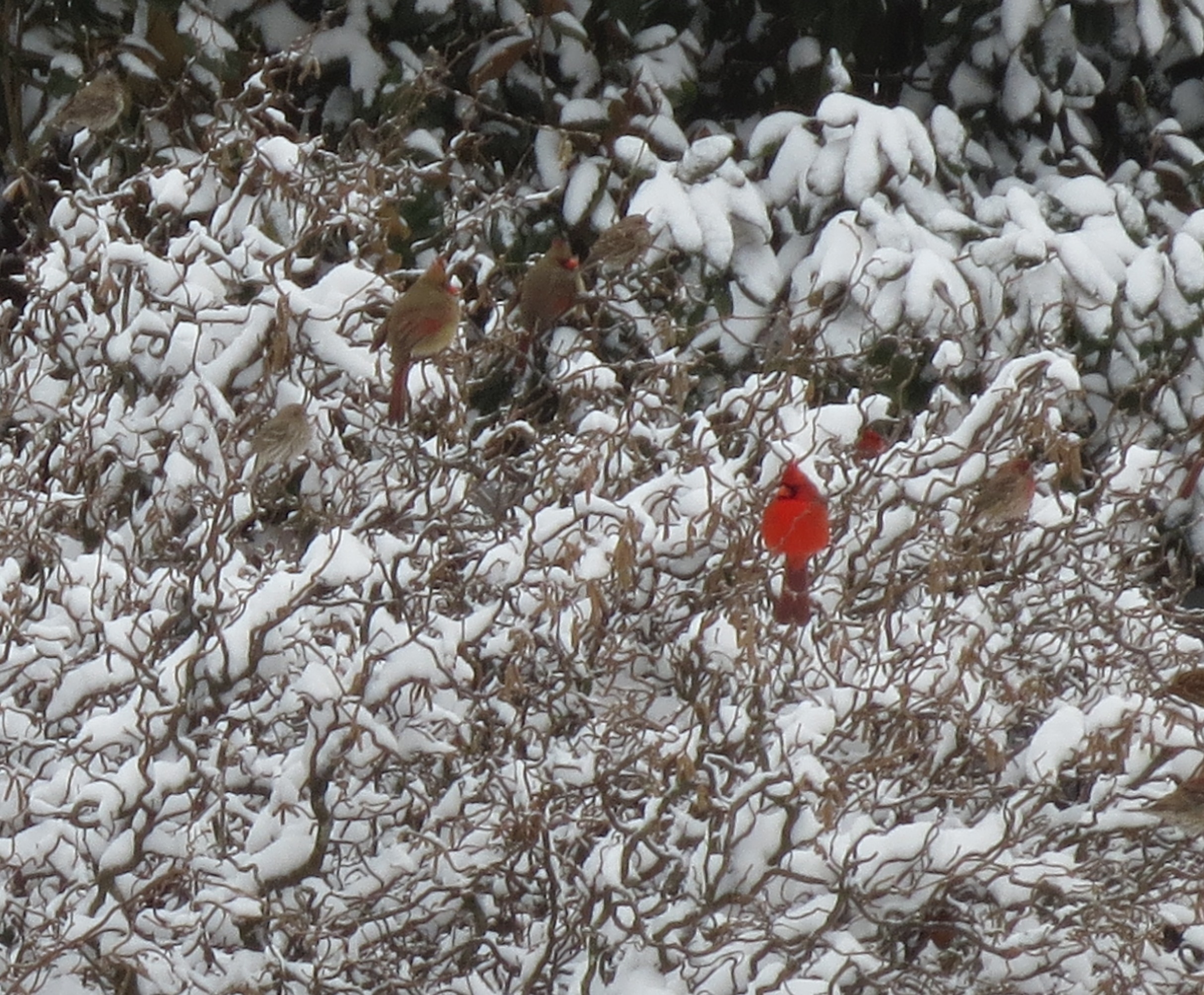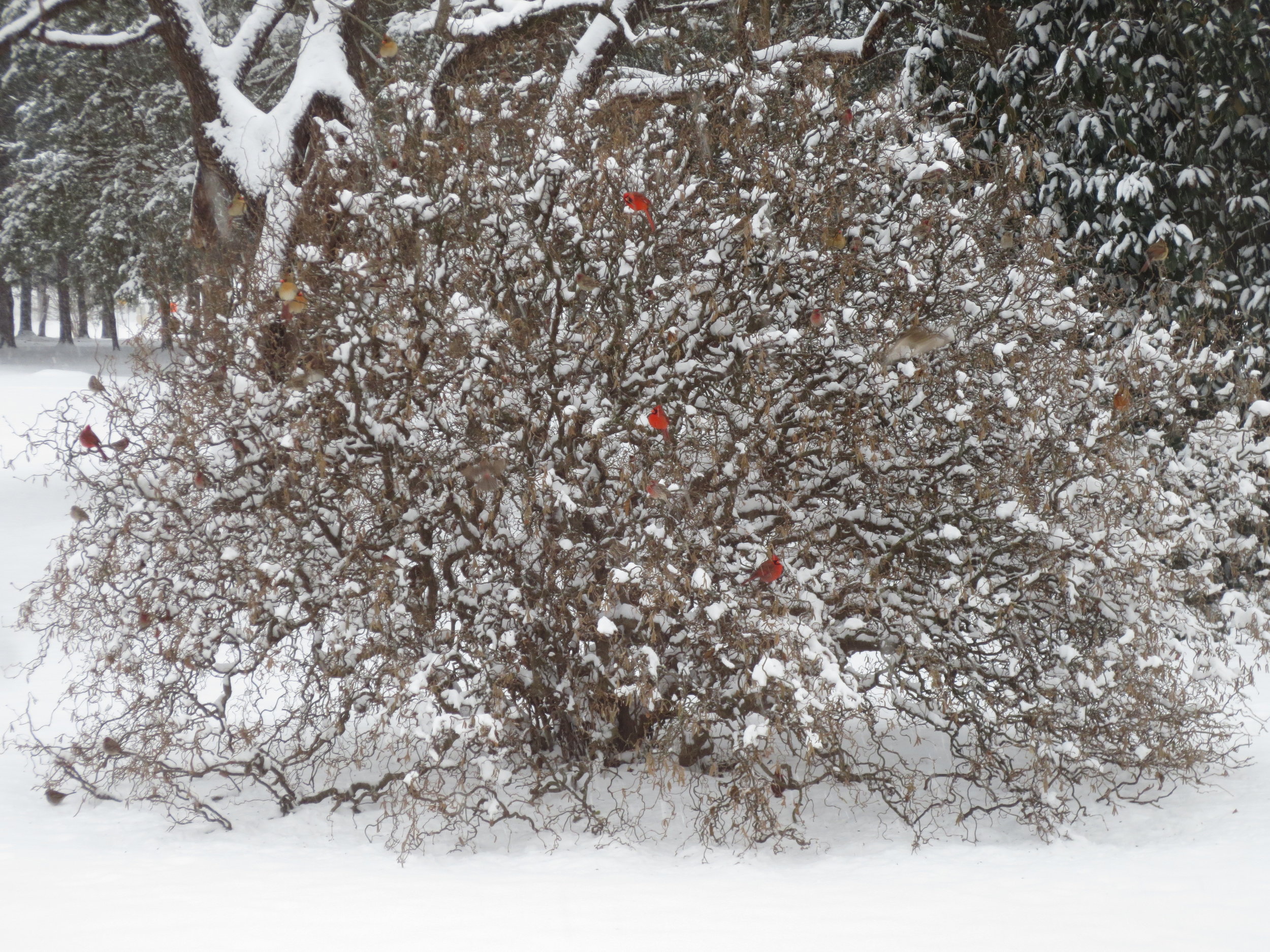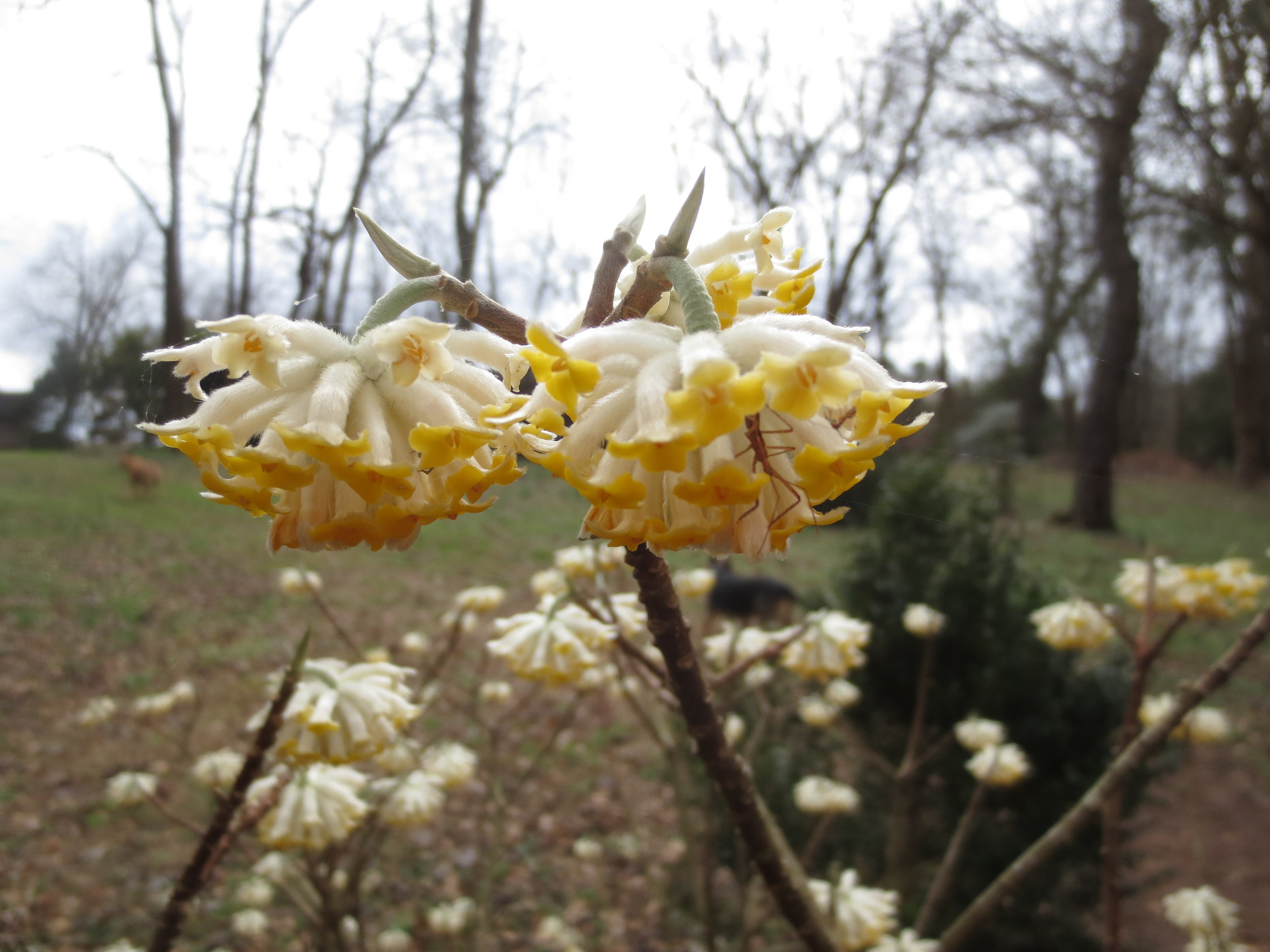Grocery store flower departments are filled with potted Primroses, basal rosettes of crinkled leaves topped with velvety flowers of intense burgundy, purple, yellow, bi-colors. These members of the Primula family, sold for table-top décor, are subtropical plants treated as annuals. There are hundreds of Primula species. They vary in height from inches to more than three feet. Some grow in rock gardens, others at water’s edge.
In general, Primroses want shade, cool (not frigid) temperatures, moist soil with plentiful organic matter. Primula vulgaris, a yellow-flowered form, is perennial in zones 4-8. It has yellow flowers held in candelabra-like clusters and blooms the same time as Mertensia (Virginia bluebells), which shares the same cultural preferences and makes a great companion plant. The rosette leaves elongate after flowering, up to 8 inches. Given partial shade and plentiful moisture, plants will reseed. They can also be propagated by division after flowering. A row of Primroses makes a great pond-side border. Flowers attract bees.
Plants are prone to insect damage (aphids, thrips, slugs, spider mites) and fungal diseases. All parts are toxic to cats, dogs, and horses.
Primula vulgaris, Common Primrose, is anything but common.
A row of Primroses, seen with neighbors Virginia Bluebells and Geranium. These woodland beauties outlasted the daffodil bloom at bottom right.
Enjoy these grocery-store Primroses as indoor plants, and discard when they begin to look tattered.
















